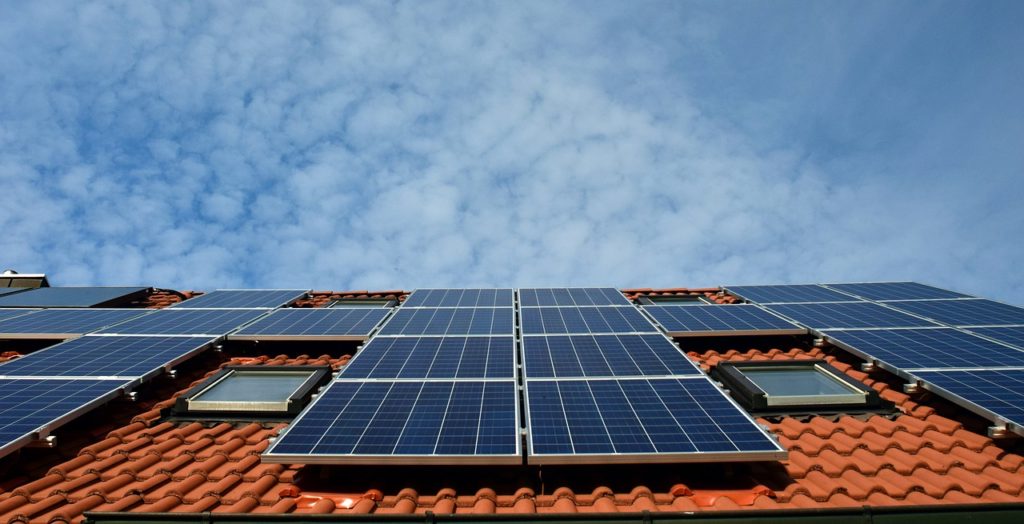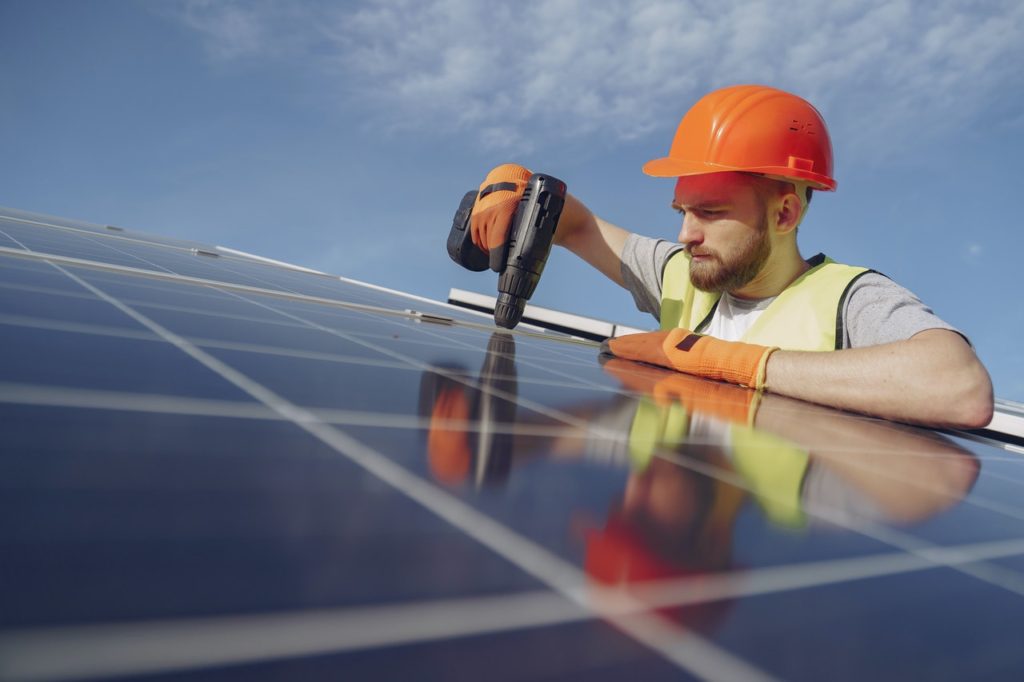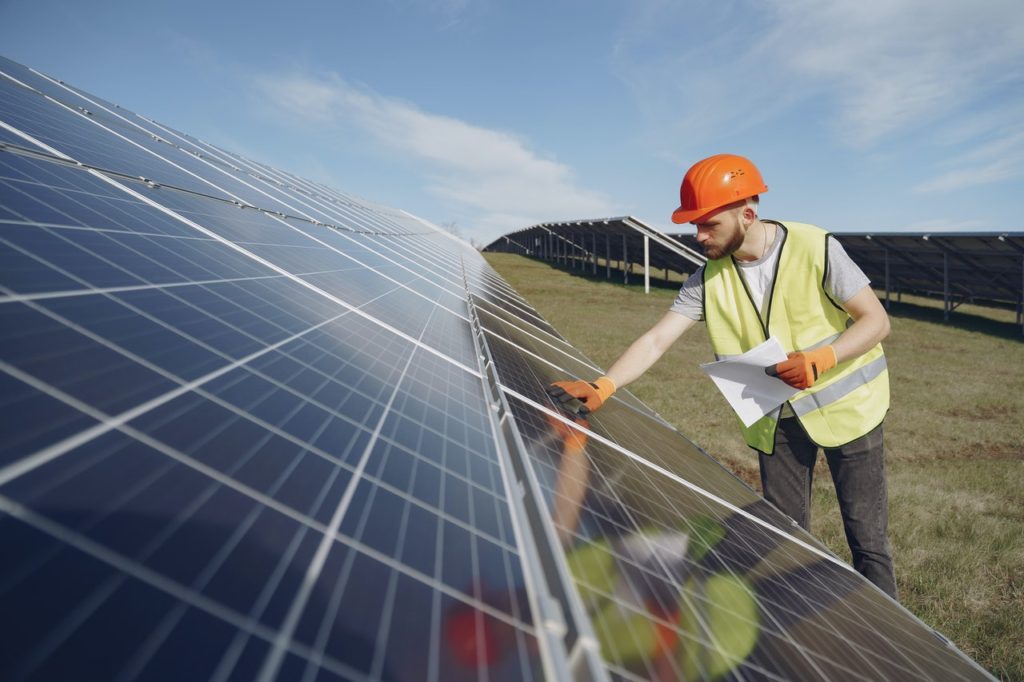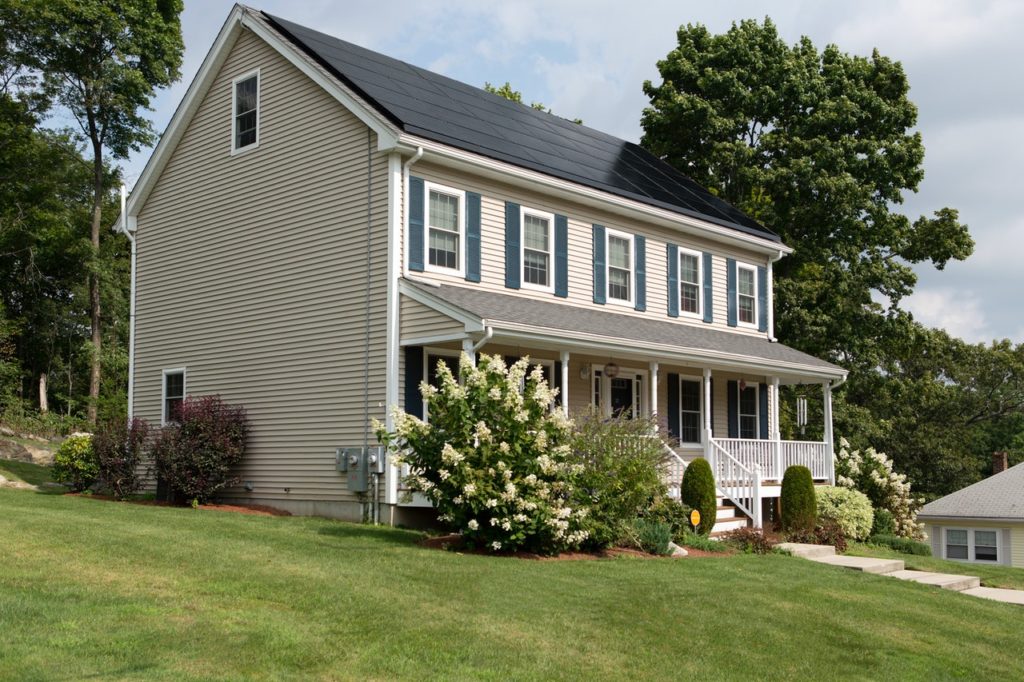
Whether you’re on the market for your first home or have been a homeowner for well over a decade, you’ve likely heard of solar panels, which are designed to make a home more energy-efficient. When properly installed on the roof of a home, solar panels are able to convert sunlight into energy that can be used to power your home and all of the appliances within.
While the upfront costs for solar panels can be high, it’s possible that the electricity you generate with these panels can replace the electricity that you currently pay for, which means that your savings would eventually be higher than your upfront costs. Keep in mind that solar panel systems are designed to last for at least 25 years, which means that you don’t need to factor in replacement costs when making this kind of purchase.
There are many reasons why solar panels make for a great investment. Along with substantially reducing or eliminating your monthly energy costs, investing in solar panels is a great way to lessen your carbon footprint. Solar energy is entirely free and renewable, which means that you’re helping the environment by obtaining solar panels. It’s estimated that solar panel users are able to save around 70 million barrels of oil per year.
Another notable benefit of having solar panels installed on the roof of your home is that these systems are highly durable and require very little maintenance. Even if a strong hailstorm or thunderstorm goes through your area, the solar panels on your roof should be able to withstand all of these issues.
Because of the many benefits that come with installing solar panels, purchasing this kind of system can be a great investment for your home. Keep in mind that the average cost for solar panels in the U.S. is around $12,000, which includes installation costs. However, the best panels can cost as much as $40,000. This article provides you with a closer look at the installation costs and other considerations that you should be aware of before making this purchase.
The Installation Process of Solar Panels

The installation process associated with solar panels is relatively simple and straightforward. This process can take upwards of 3-6 months to complete, which is why it’s important that you’re aware of the steps involved in the installation process. The six separate steps that you should be aware of include:
- Purchase any solar panel equipment that you need
- An engineer will visit your home
- Fill out any necessary paperwork
- Solar panels will be installed on your roof
- The installed panels will be inspected
- Your solar panel system can be connected
Solar Panel Equipment
The types of equipment that you need to purchase include solar panels and the requisite inverters. When you hire a professional installation engineer, they can provide you with recommendations about the equipment that you need to obtain. An engineer who specializes in solar installations will then make a visit to your home, which is necessary to ensure that your roof can support the solar panel weight. Your electrical panel or circuit breakers will also be checked to determine if they can accommodate the solar panel installation.
Hiring an Engineer
Once the engineer you hire has determined that your property is structurally sound, it’s time for you to fill out some paperwork that will allow the installation to proceed. Most of the paperwork will be handled by the installer you hire. This paperwork includes solar renewable energy certificates and any state or federal tax incentives.
Filing Out Paperwork
However, you should still have a good understanding of what paperwork is filled out and when it’s filed. Your installer should also obtain the right building permits to make sure that the panel installation matches the local zoning codes. When the paperwork has been filed and the necessary permit has been approved, the installer will finally order the equipment that you’ve selected, after which the installation date will be formally set.
Final Installation
Once you reach the installation date, the panels should be able to be installed without issue. The final installation can take around 2-3 days to be completed. The actual installation process begins when your roof is inspected to make sure that preparation by the engineer is still intact. The electrical wiring will then be installed to ensure that the panels can be directly connected to the power system in your home. From here, racking is installed on the roofing to serve as the base for the panels. The panels will then be placed atop the racking. The final installation step involves connecting the inverters to the panels, which are necessary for the conversion of sunlight into energy.
Inspection Process

Before a connection between your solar panels and the grid can be made, the installation will be inspected by a member of the local government. This inspection is designed to look for wiring issues or electrical code violations. If the installation passes inspection, a representative will be sent from a local electric company to turn the panels on, which means that the panels will be connected to the grid.
Connecting the Panels
Before you have your solar panels installed, keep in mind that they can be placed in a variety of different locations. Along with having them installed on your sloped or flat roof, you can also install these panels on the ground or on a solar canopy that you purchase. Your goal when installing solar panels is to place them in an area that receives ample amounts of direct sunlight for the majority of the day. Try to avoid installing the panels in areas that are shaded by trees or buildings.
How to Know If Solar Panels are Worth It
Since solar panel systems represent a large investment for any homeowner, it’s important that you do your research beforehand to make sure that this investment is worth it. The first thing you should look into is your current electrical bill. Because solar panels are designed to generate electricity by converting sunlight into energy, your energy bills should be reduced substantially or eliminated entirely. If you currently have a high energy bill, you would likely benefit from having solar panels installed. However, making an estimate on future energy costs is difficult since electricity prices are highly volatile.
It’s also important to take the location of your home into account. If you live in a state that obtains ample amounts of sun, you may benefit from solar panels more than homeowners who live in areas that get a large amount of rain. States like California and Arizona get more sunlight than most other states.
Sunlight can affect your solar panels in different ways. The best option is to place your panels in an area that receives direct sunlight for most of the day. However, electricity is still generated during the winter and on cloudy days. The only time when electricity isn’t generated is during the nighttime. If you want to continue using your solar panels at night, it’s recommended that you pair the panels with a storage system.
No matter where you live, you should search for incentives in the state that allow you to benefit from having solar panels installed. At the moment, high incentives are being paid for having solar panels installed. A federal tax credit for residential homes allows you to claim around 22 percent of total installation costs on your taxes. However, this credit is currently set to expire on December 31, 2021. Any additional incentives depending on where you live.
To understand potential changes to the costs associated with solar panels, it’s important that you take trade policy issues into account. In 2018, four-year tariffs were put in place on solar panels that were imported from another country. These tariffs initially amounted to 30 percent but are designed to drop by five percent until they expire at the beginning of 2022. Keep in mind that the reduction in solar panel prices may offset the increase in costs that have occurred because of tariffs.
Other Things To Understand about Installing Solar Panels

There are some additional things that you should be aware of before having solar panels installed on the roof of your home. As mentioned previously, hardly any maintenance is required once you’ve had the solar panels installed. The only maintenance requirements are that the solar panels shouldn’t be shaded and that they should be cleaned regularly. However, tilted roofs don’t require much cleaning. While solar panels come with a 25-year warranty, it’s possible for them to last as long as 30-40 years.
Even though the initial price may seem high for solar panels, the costs have dropped substantially since the 1970s. In the late ’70s, a single kilowatt of solar energy would cost nearly $77. The current price for a kilowatt is around 30 cents. If you want to know how solar panels are constructed, these panels consist of solar cells that are made from semiconductors. These cells are able to convert sunlight into energy to replace your basic electricity costs. At the moment, solar cells can convert upwards of 20 percent of sunlight into electricity. Advancements in technology mean that this percentage will likely increase significantly in the coming years.
Before you install solar panels, keep in mind that there are some issues you could face. If you want your solar panels to perform well, try to position them on an area of the roof that faces to the south at an angle of 30 degrees. Make sure to keep the panels away from bushes and trees if you want to avoid worsening performance. Keep in mind that the overall efficiency of solar panels can worsen over time as a result of heat, wind, and rain. As long as the solar panels don’t protrude from your home by 200 millimeters or more, you won’t need to seek permission to have the panels installed.
With these guidelines in mind, having solar panels installed on the roof of your home should be easy. You’ll save a substantial sum of money in the long run and will do your part in protecting the environment and reducing your carbon footprint.